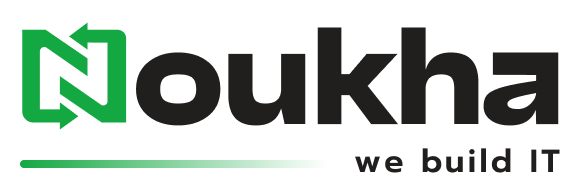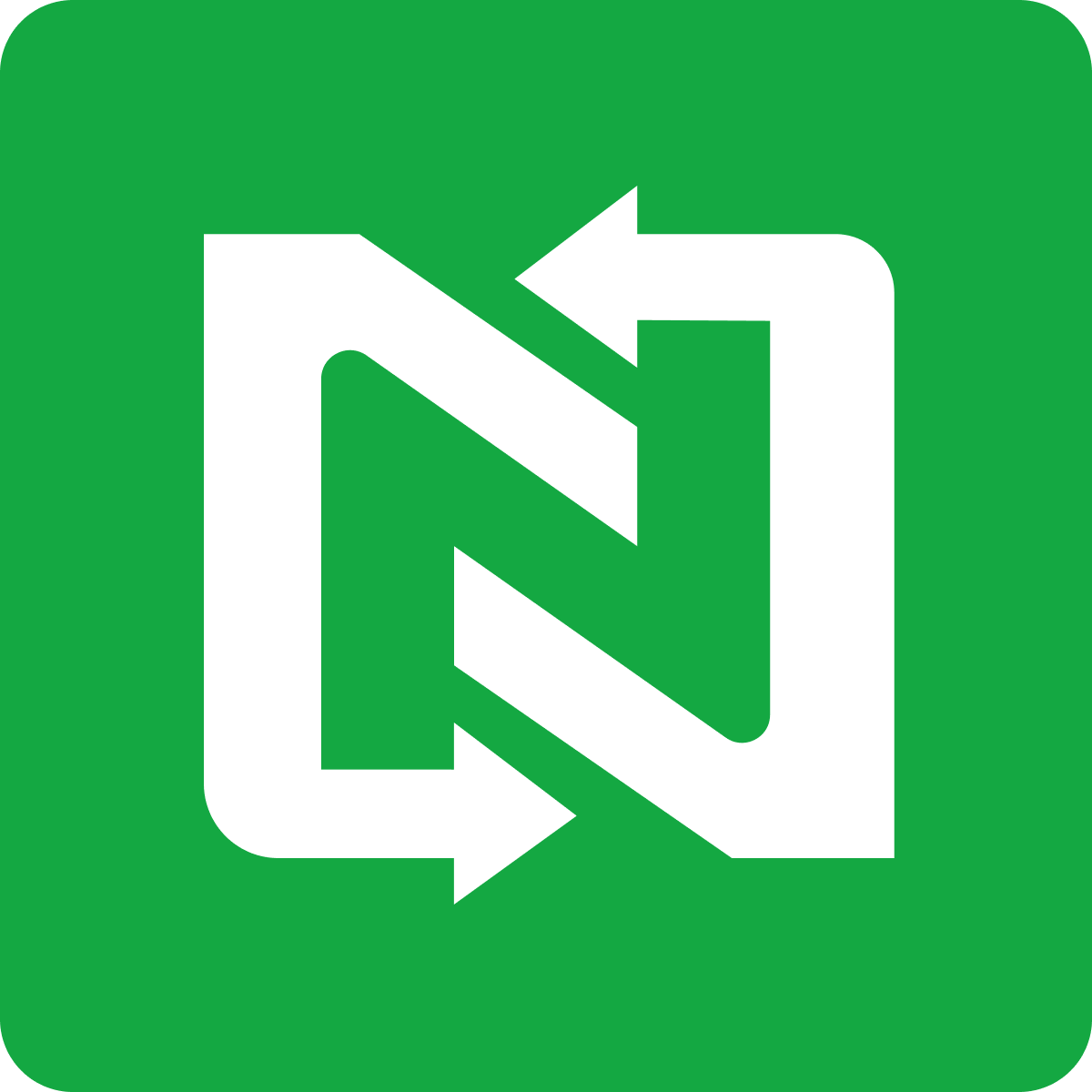In case you have ever wondered why one quote of website development costs runs at 3000$ and another one 15000$, you are not alone. Based on 15+ years in the industry, I can state the following: most of the business owners do not really know what they are purchasing. And it is not their fault, the agencies do not always clarify where the UI/UX and frontend differ, and nearly no one sincerely breaks down the gap in the Indian vs USA website development costs.
This article is an explanation of UI/UX vs frontend, why website development costs are different and how India vs USA pricing really works, especially when you are comparing quotes to build your next website, web app, or SaaS.
So let me break this down for you, no BS, just real talk about what you’re getting into when you’re looking for a website development company in 2025.
The Actual Reason Website Development Cost Vary So Much:
It is this error that burns business budgets on a daily basis:
Individuals mistake UI/UX and front end development. They are not the same. At all.
User Interface/User Experience (Architecture and Experience)
UI/UX is architecture.
It decides:
How users think
Their navigation through your site.
What frustrates them
The way they will end up purchasing you.
It is psychology, logic, design and business strategy combined.
Frontend (Construction and Implementation)
Frontend is construction.
It turns UI/UX plans into:
Real pages
Real interactions
Real performance
Real responsiveness
They are both important – and they are both expensive in one way or another.
India vs USA 2025 Website Development Costs
 Here’s what professional website development actually costs in 2025:
Here’s what professional website development actually costs in 2025:
What You’ll Pay in India
Basic Business Website:
- UI/UX work: $1,000 – $2,000 (depending on how many revisions you want)
- Frontend development: $1,500 – $3,000
- You’re looking at $2,500 – $5,000 total
E-commerce Site:
- UI/UX: $2,000 – $4,000
- Frontend: $3,000 – $6,000
- Total: $5,000 – $10,000
Custom Web App/SaaS:
- UI/UX: $4,000 – $8,000
- Frontend: $6,000 – $15,000
- Total: $10,000 – $23,000
What You’ll Pay in the US
Basic Business Website:
- UI/UX: $4,000 – $8,000
- Frontend: $5,000 – $10,000
- Total: $9,000 – $18,000
E-commerce Site:
- UI/UX: $6,000 – $12,000
- Frontend: $10,000 – $18,000
- Total: $16,000 – $30,000
Custom Web App/SaaS:
- UI/UX: $10,000 – $20,000
- Frontend: $15,000 – $30,000
- Total: $25,000 – $50,000
Now, before you immediately go with the cheaper option, let me tell you why these numbers exist and what they mean for your sanity.
Costs of website development in India (2025)
Why India is cheaper -And what That actually means. Yes, pricing is lower. Nevertheless, not due to inadequate quality.

Here’s the real picture:
- Lower labor costs – An Indian senior earns but a fraction of the salary earned by the same senior in the US.
- Lower operational overhead – The cost of office space, infrastructure and staffs are much lower.
- Massive talent pool – The largest communities of: in the world are found in India.
- Frontend experts
- UI/UX professionals
- SaaS developers
- Mobile app engineers
- AI/ML developers
A more quality, worldwide acknowledged
Some cities such as Coimbatore are becoming tech hubs and they have:
Good English communication.
- Fast delivery cycles
- Advanced modern tech stacks
- Excellent value for money
- Secretive Expenses nobody tells you about.
Working with US Teams
Pros:
Faster communication
Easier collaboration
Strong legal recourse
Cons:
Much higher cost
Limited flexibility
Working with Indian Teams
Pros:
Highly cost-efficient
Proficient teams throughout contemporary models.
High premium on long-range plans.
Cons:
Time zone delays
Quality is different (wise choice is made)
Needs proper documentation.
Which One to Choose between India and USA
Choose India if:
You want maximum value
You have clear requirements
You desire long-term growth that is scalable.
You are creating SaaS, web-based applications, mobile-based applications, or AI-based applications.
Choose the USA if:
You must have perpetual high frequency of iteration.
You desire a collaboration at the local level.
FinTech/MedTech Sectors that are heavy in compliance.
Budget is not a concern
The SEO Reality Check
The SEO Trap: It why Your Site is a Flop in spite of its Appeal.
Here’s the harsh truth:
The majority of the designers of UI/UX and frontend developers in India and the US are not aware of SEO.
That means:
- No schema
- Wrong URL structures
- Slow page speed
- Unoptimized layouts
- Poor internal linking
- No content hierarchy
You now have a beautiful site that gets not given any attention as far as Google is concerned.
In selecting a UI/UX agency or a front end development team, inquire:
- What is your approach to technical SEO?
- How will you optimize the site speed?
- Will you apply schema markup?
- What will you do to optimize the Core Web Vitals?
- In case they are not able to reply with a lot of certainty, run.
- UI/UX vs Frontend Developer Rates Around the World (2025)
The reasons why a hybrid model is the preferred choice of many business entities nowadays.
The new winning formula is:
US Product Vision + India Engineering Strength.
You get:
- Cost savings
- Faster delivery
- Better communication
- Stronger long-term support
Reasons to Partner with Noukha

The confusion between UI/UX and frontend is costing businesses thousands of money. It is even more difficult to select the appropriate team with or without the India vs US pricing gap.
Here’s the bottom line:
Don’t shop by price. Don’t shop by country. Shop by value.
Select the team that knows your business, poses intelligent questions and has a proven track record – be it in India or the US.
And should you be willing to quit guessing and begin building, we are willing to assist you in it, in a very open, truthful, and efficient way and deliver great results if you choose wisely.

Frequently Asked Questions
Q1. Why is UI/UX not a part of the frontend development?
UI/UX determines the experience and layout. Frontend builds it. A variety of skills, a variety of goals, a variety of pricing.
Q2. Is the quality of the web development in India good enough to serve international companies?
Yes, particularly in such cities as Coimbatore, Bangalore and Chennai. It has a high talent level, which is modern and competitive all over the world.
Q3. What makes US development such an expensive affair?
The costs of labor are high, the cost of operation is high, and the on-site collaboration is available which increases the costs associated with the pricing.
Q4. What is the most significant unseen cost of development on the website?
Lack of SEO implementation. Remediating SEO would require 30-50 percent of the initial project.



